Beneath the waves, a small but mighty creature lurks, armed with a weapon that defies belief. The pistol shrimp, barely the size of your thumb, packs a punch that would make heavyweight boxers envious. These remarkable crustaceans have the unique ability to create underwater shockwaves. From their unusual anatomy to their complex social behaviours, pistol shrimp are amazing pint-sized powerhouses of the sea.
Louder Than a Jet Engine
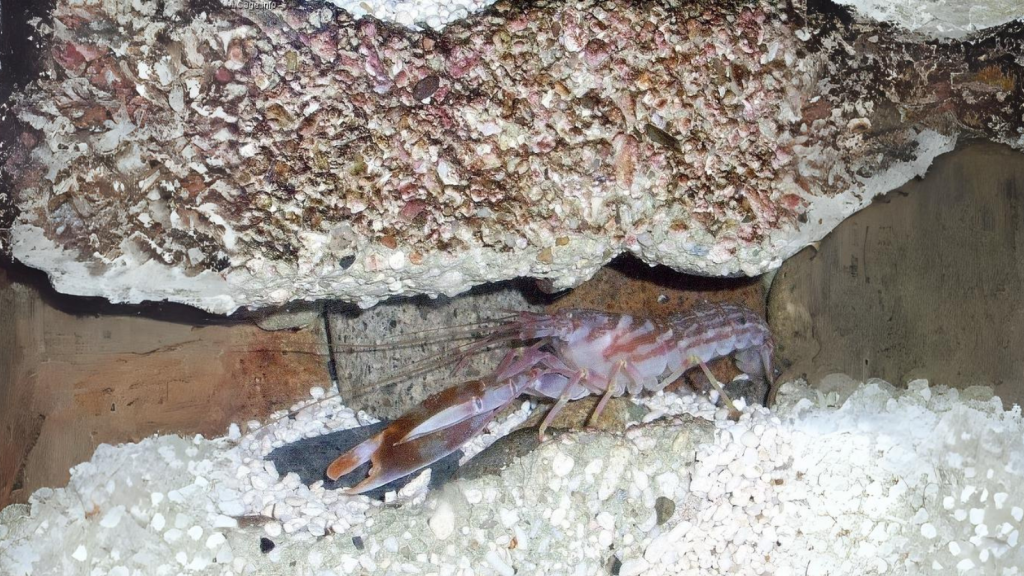
The pistol shrimp’s snap is one of the loudest sounds in the ocean, reaching up to 210 decibels. To put that in perspective, it’s louder than a jet engine at takeoff, which typically reaches about 150 decibels. This incredible sound is produced by the rapid collapse of a cavitation bubble created by the shrimp’s oversized claw. The noise is so intense that it can be heard by submarines and often interferes with sonar equipment.
Bubble Power
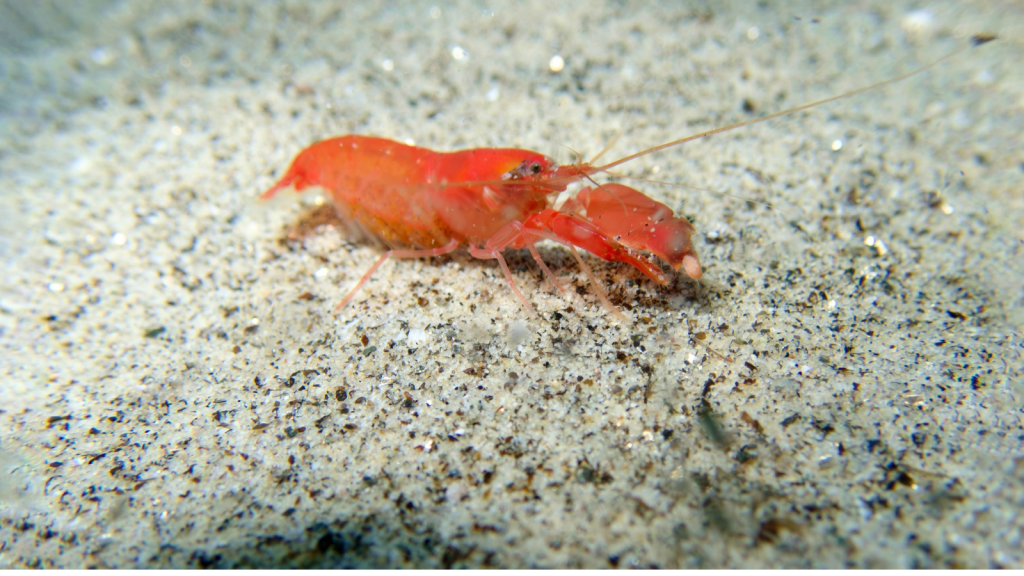
The pistol shrimp’s signature snap doesn’t just create noise; it also produces a powerful shockwave. When the shrimp’s claw snaps shut, it creates a cavitation bubble that collapses with such force that it momentarily reaches temperatures nearly as hot as the sun’s surface. This minuscule bubble reaches about 4,700°C, close to the temperature of some stars. The resulting shockwave can stun or kill small fish and other prey.
One-Two Punch
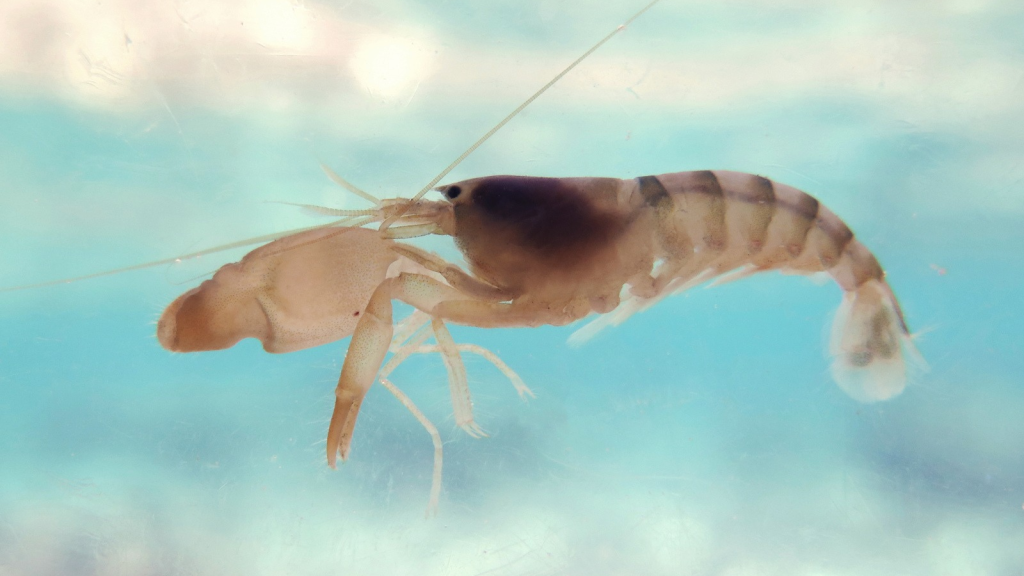
Pistol shrimp have two distinctly different claws. One claw is normal-sized and used for feeding and general tasks. The other is grossly oversized and specially adapted for snapping. This snapping claw can be on either the left or right side, and if lost, the remaining normal claw will grow into a new snapping claw. Meanwhile, a new smaller claw regenerates in place of the lost snapper.
Blinded by the Snap

The pistol shrimp’s snap is so powerful that it creates a flash of light through a process called sonoluminescence. This occurs when the cavitation bubble implodes, briefly reaching extreme temperatures and pressures. The flash is incredibly brief, lasting less than a millisecond, and is invisible to the human eye. However, scientists have captured this phenomenon using high-speed cameras and specialised equipment.
Social Snappers
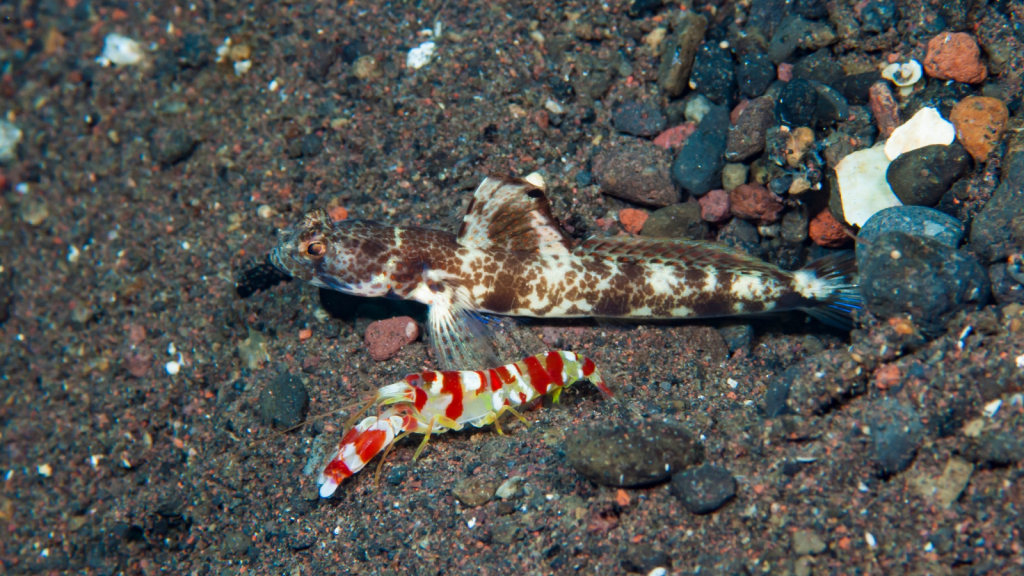
Despite their aggressive-sounding name, many species of pistol shrimp are surprisingly social. They often live in colonies, working together to build and maintain intricate tunnel systems in coral reefs or rocky sea beds. Some species even form symbiotic relationships with goby fish, sharing their burrows in exchange for the fish acting as a lookout for predators. This cooperative behaviour showcases the complex social structures that can exist even among small marine creatures.
Masters of Disguise
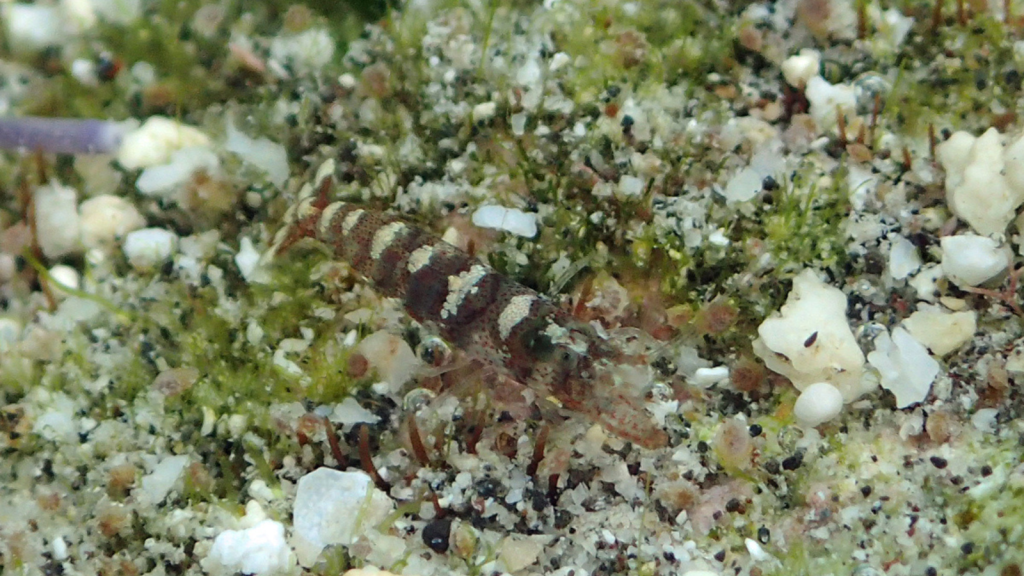
Some pistol shrimp species are experts at camouflage. They can change their colour to blend in with their surroundings, making them nearly invisible to predators and prey alike. This colour-changing ability is particularly useful for species that live in coral reefs, where they need to match a variety of vibrant backgrounds. Their ability to alter their appearance highlights the sophisticated adaptations these small creatures have developed for survival.
Worldwide Wanderers
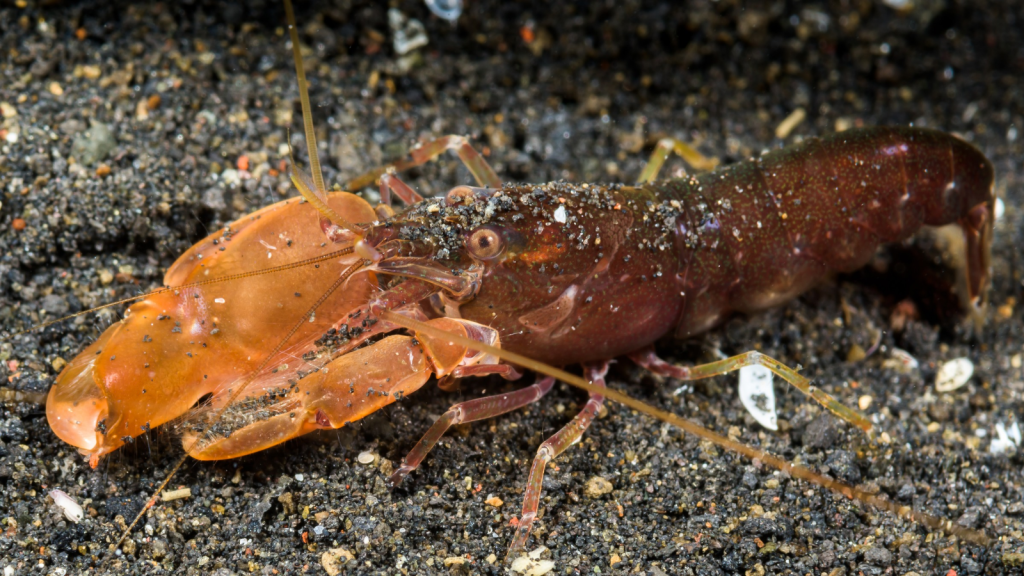
Pistol shrimp are found in oceans all around the world, from tropical coral reefs to temperate rocky coastlines. There are over 500 known species of pistol shrimp, each adapted to its specific habitat. Some species prefer shallow waters, while others have been found at depths of up to 5,000 metres. Their wide distribution and diversity demonstrate the remarkable adaptability of these tiny but resilient creatures.
Underwater Farmers

In a fascinating display of advanced behaviour, some pistol shrimp species engage in a form of agriculture. These “farming” shrimp cultivate and tend to gardens of algae within their burrows. They carefully manage these algae crops, pruning and caring for them to ensure a steady food supply. This behaviour is a rare example of animal agriculture outside of human societies and showcases the surprising complexity of pistol shrimp behaviour.
Snapping for Love
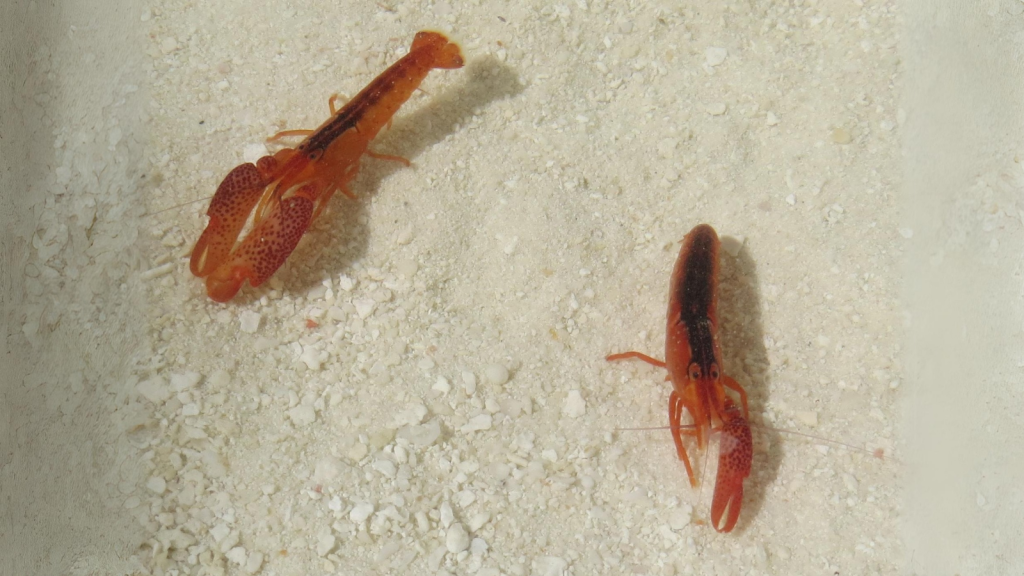
Pistol shrimp use their mighty snap not just for hunting, but also for communication and courtship. Males often snap to attract females or to ward off rival males. The frequency and pattern of snaps can convey different messages, forming a sort of underwater Morse code. During mating season, the waters inhabited by pistol shrimp can become a veritable symphony of snaps as males compete for mates.
Tiny but Ancient
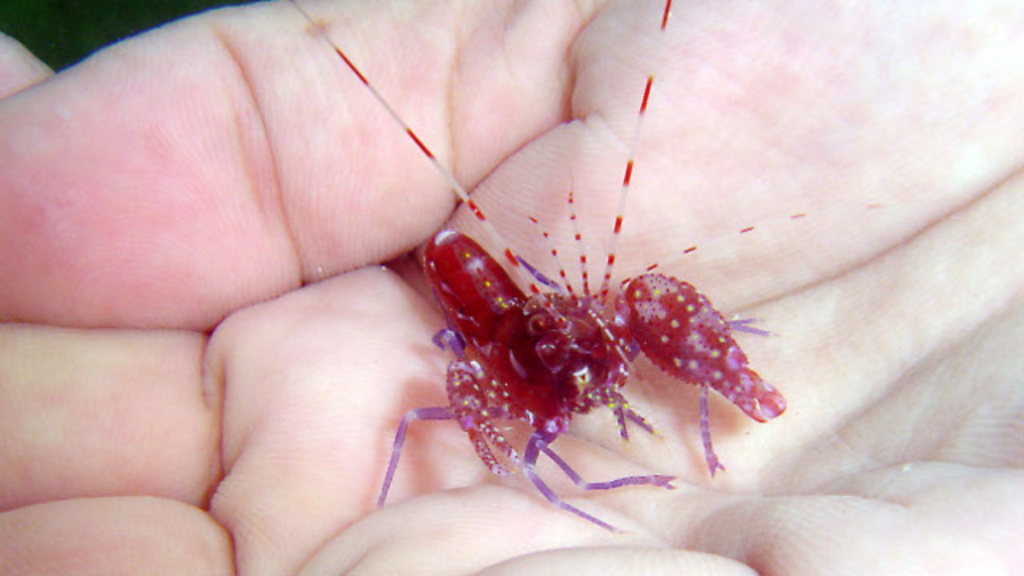
The pistol shrimp lineage is ancient, with fossil records dating back over 40 million years. These fossils show that the basic body plan and the specialized snapping claw of pistol shrimp have remained largely unchanged for millions of years. This long evolutionary history suggests that the pistol shrimp’s unique adaptations have been highly successful, allowing them to survive through major changes in Earth’s climate and ocean conditions.
Shrimp vs. Climate Change
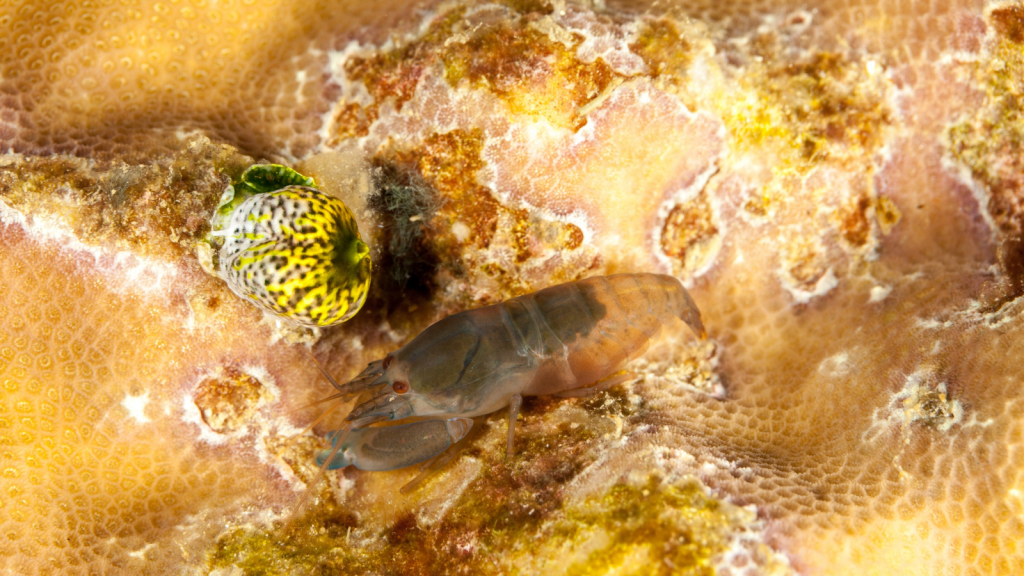
Recent studies have shown that pistol shrimp may be particularly vulnerable to ocean acidification caused by climate change. As the oceans absorb more carbon dioxide, the water becomes more acidic, which can affect the formation of the shrimp’s hard exoskeleton. This could potentially impact their ability to create their powerful snap, threatening their survival. The plight of the pistol shrimp serves as a stark reminder of the far-reaching impacts of climate change on even the smallest ocean dwellers.
Snapping in Slo-Mo
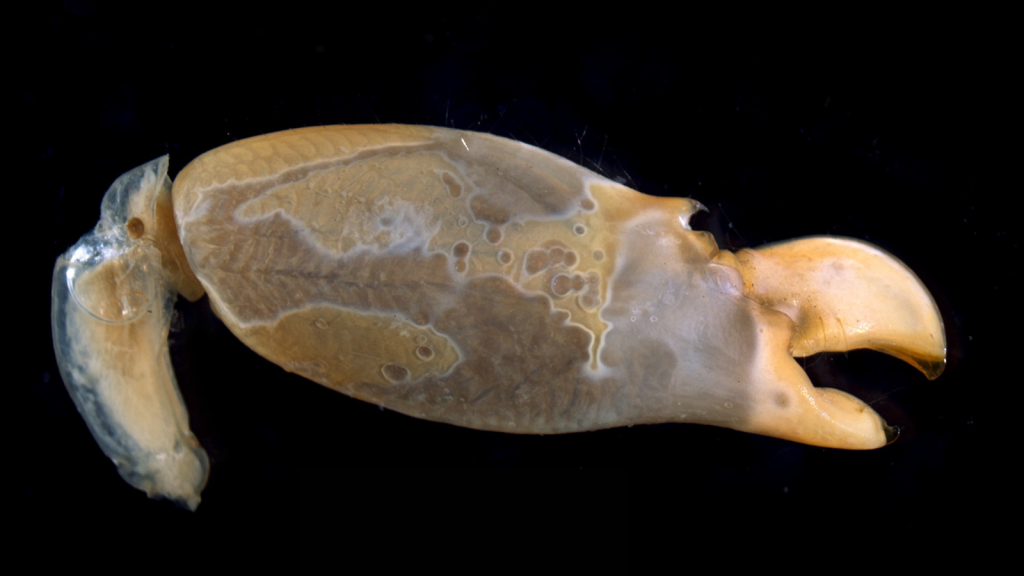
The pistol shrimp’s snap is so fast that it can only be properly observed using high-speed cameras. The entire process of opening and closing the claw takes less than 1 millisecond. When viewed in slow motion, the snap reveals a complex series of events, including the formation and collapse of the cavitation bubble. This ultra-fast movement puts the pistol shrimp among the fastest-moving animals on Earth, at least in terms of body part movement.
Shrimp-Made Reefs
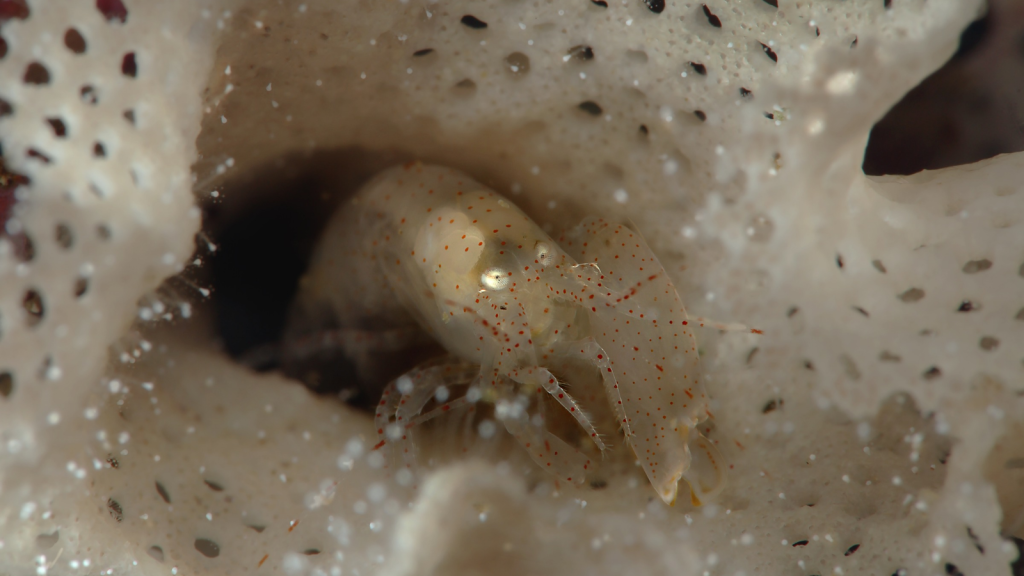
In some areas, large colonies of pistol shrimp can actually help form and maintain coral reefs. Their constant snapping gradually breaks down calcium carbonate structures, creating sand and small fragments that can form the basis for new coral growth. Additionally, their burrows provide homes for many other marine creatures, increasing the biodiversity of reef ecosystems. This shows how even small animals can have significant impacts on their environments.
Medical Marvels
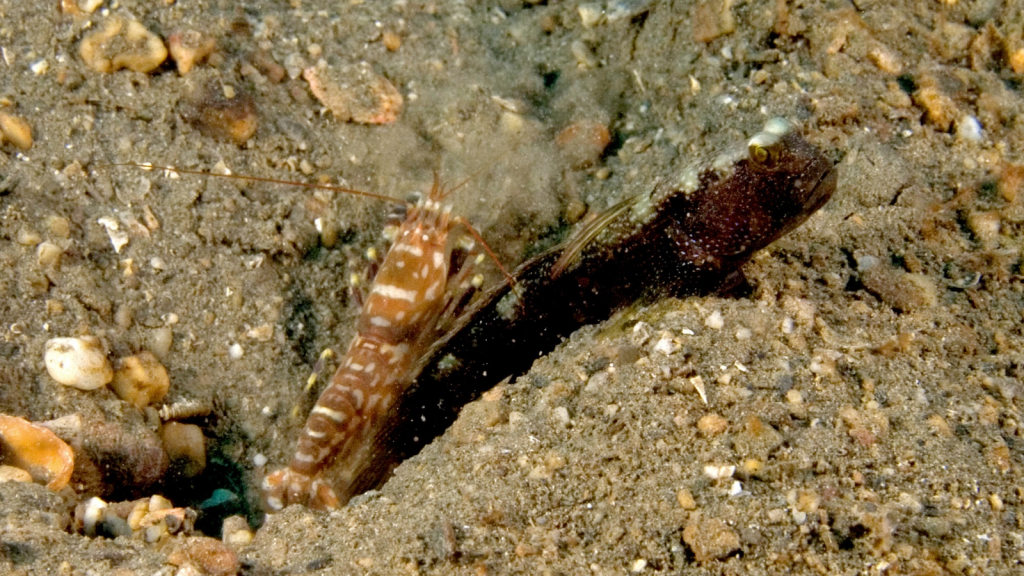
Scientists are studying pistol shrimp in hopes of applying their unique abilities to medical technology. The shockwave produced by their snap is being researched as a potential method for breaking up kidney stones or targeting cancer cells. Additionally, the mechanism behind their ultra-fast claw movement is inspiring the development of new types of robotic joints and actuators. These potential applications demonstrate how nature’s innovations can lead to advancements in human technology.
Noisy Neighbours
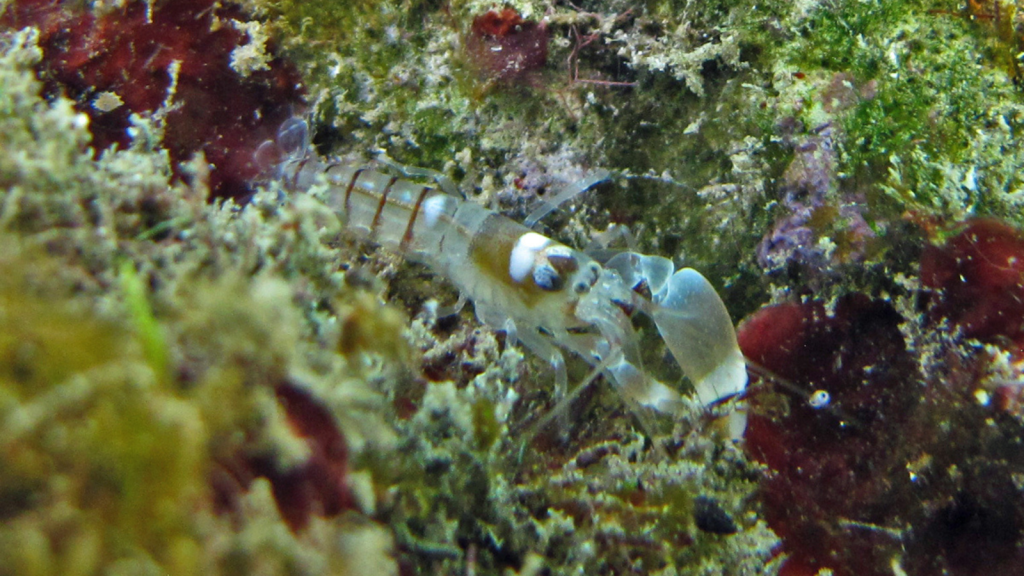
The constant snapping of pistol shrimp colonies can create a significant amount of ambient noise in marine environments. This underwater cacophony is so persistent that it can interfere with sonar operations and even make it difficult for some marine animals to communicate. During World War II, this background noise was loud enough to provide cover for submarines, allowing them to hide from enemy sonar. Today, scientists use recordings of pistol shrimp snaps to study underwater acoustic environments and monitor reef health.



